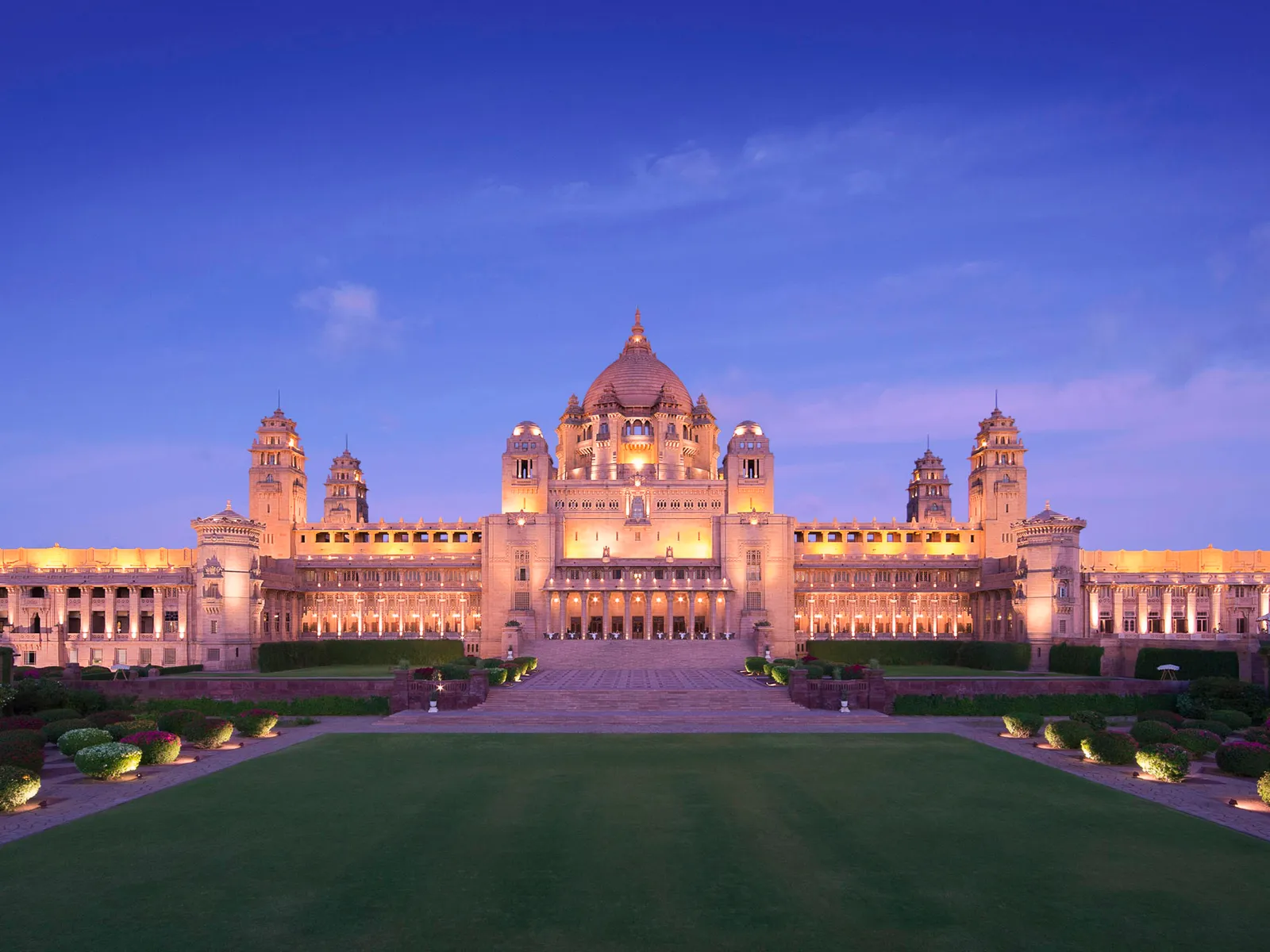Stamp: Palace of the Republic in Khartoum (Sudan 1975)
Palace of the Republic in Khartoum (Sudan 1975)
01 January (Sudan ) within release Indigenous motifs goes into circulation Stamp Palace of the Republic in Khartoum face value 5 Sudanese millim
| Stamp Palace of the Republic in Khartoum in catalogues | |
|---|---|
| Michel: | Mi: SD 179Y |
Stamp is horizontal format.
same as SD 146 but without watermarkAlso in the issue Indigenous motifs:
- Stamp - Sailboat face value 10;
- Stamp - Sennar Dam face value 50;
- Stamp - Cotton Picker face value 10;
- Stamp - Cattle (Bos primigenius indicus) Herd face value 55;
- Stamp - Postman with Dromedary (Camelus dromedarius) face value 1;
- Stamp - Braided Glass face value 15;
- Stamp - Cotton picker face value 10;
- Stamp - Sailboat face value 10;
- Stamp - Palace of the Republic Khartoum face value 2;
- Stamp - Native animals face value 4;
- Stamp - Native animals face value 35;
- Stamp - Braided Glass face value 15;
- Stamp - Cattle (Bos primigenius indicus) Herd face value 6;
- Stamp - Date-palm (Phoenix dactylifera) face value 8;
- Stamp - Palace of the Republic in Khartoum face value 5;
- Stamp - Cattle (Bos primigenius indicus) Herd face value 6;
- Stamp - Bohein Temple face value 20;
- Stamp - Bohein Temple face value 20;
- Stamp - Braided Glass face value 15;
- Stamp - Cattle (Bos primigenius indicus) Herd face value 55;
- Stamp - Cotton Picker face value 3;
- Stamp - Date palm (Phoenix dactylifera) face value 8;
- Stamp - Postman with Dromedary (Camelus dromedarius) face value 1;
- Stamp - Republican Palace face value 5;
- Stamp - Sennar Dam face value 50;
- Stamp - Sudanese Game face value 4;
- Stamp - Sudanese Game face value 35;
Stamp Palace of the Republic in Khartoum it reflects the thematic directions:
Architecture (Latin architectura, from the Greek ἀρχιτέκτων arkhitekton "architect", from ἀρχι- "chief" and τέκτων "builder") is both the process and the product of planning, designing, and constructing buildings and other physical structures. Architectural works, in the material form of buildings, are often perceived as cultural symbols and as works of art. Historical civilizations are often identified with their surviving architectural achievements.
A building or edifice is a structure with a roof and walls standing more or less permanently in one place, such as a house or factory. Buildings come in a variety of sizes, shapes and functions, and have been adapted throughout history for a wide number of factors, from building materials available, to weather conditions, to land prices, ground conditions, specific uses and aesthetic reasons. Buildings serve several needs of society – primarily as shelter from weather, security, living space, privacy, to store belongings, and to comfortably live and work. A building as a shelter represents a physical division of the human habitat (a place of comfort and safety) and the outside (a place that at times may be harsh and harmful).
A palace is a large residence, often serving as a royal residence or the home for a head of state or another high-ranking dignitary, such as a bishop or archbishop. The word is derived from the Latin name palātium, for Palatine Hill in Rome which housed the Imperial residences



